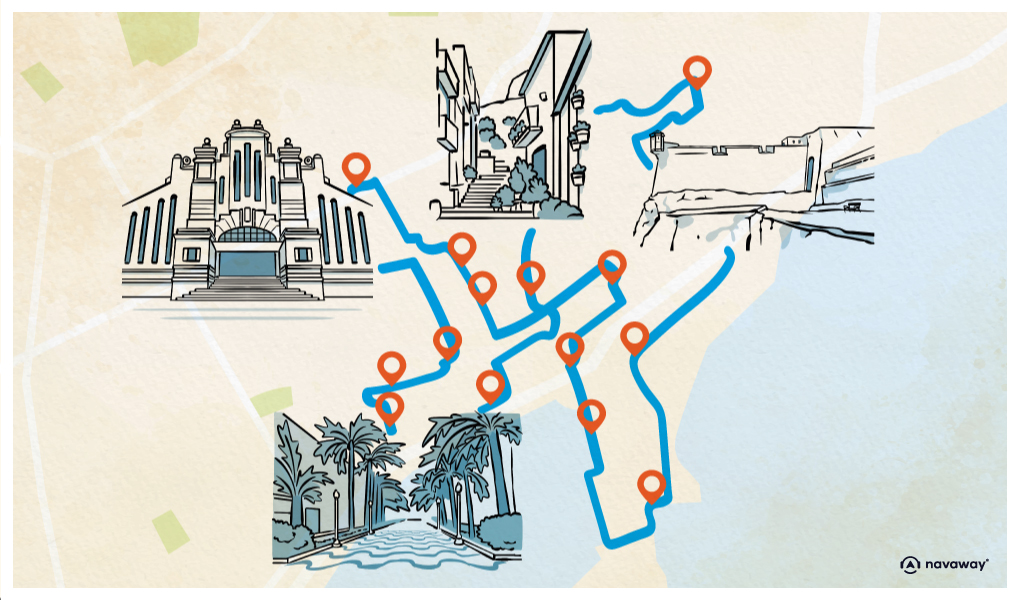
Santa Barbara Castle
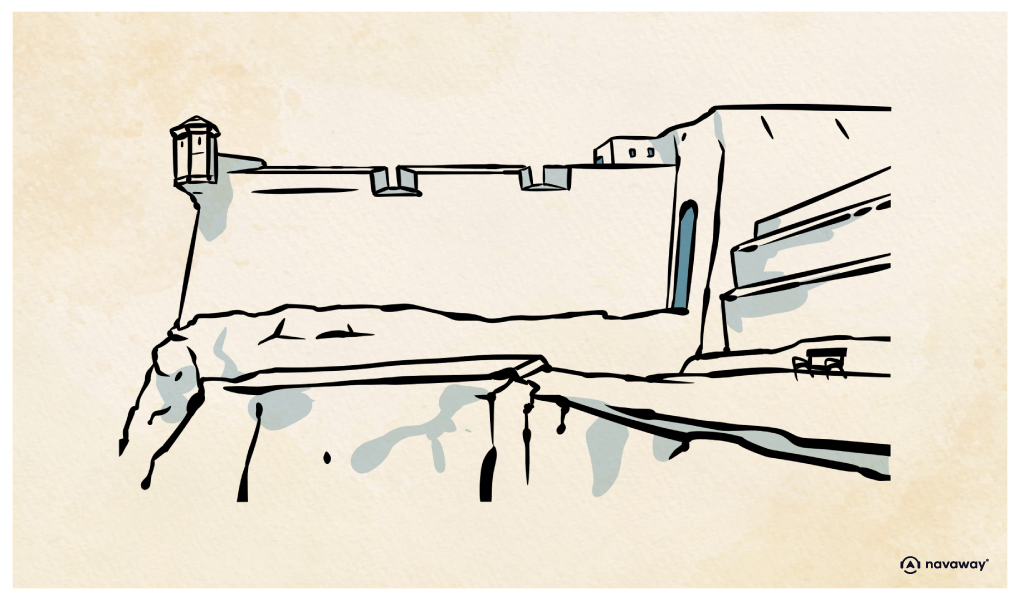
This point of interest is available as audio on the tour: Visit Alicante, The City of Sunshine
Here we are, at the top of Mount Benacantil! If you made the climb on foot, congratulations, you’ve covered over three kilometres and reached an elevation of 169 metres. For the rest of you, don’t worry, you’ll still get to enjoy the views and the walk, as we’ll be heading back down through Ereta Park. You’re now standing on the site of the famous Santa Barbara Castle. Excavations at the foot of the mountain have revealed objects dating from the Bronze Age and Roman times. The fortress itself was built in the 9th century, when the Iberian Peninsula was under Muslim rule. According to maps drawn by the Arab geographer Al-Idrisi, this mountain was once called Banu-IQatil, meaning “the peak of Laquant”, the Arabic name for Alicante. Of course, it wasn’t the Arabs who named it Santa Barbara! This name dates back to 1248, when the castle was seized by the troops of Alfonso of Castile from the Muslims. Since it happened on December 4th, the feast day of Saint Barbara, the name stuck. In 1296, the fortress was taken by the Crown of Aragon. King James II ordered a full reconstruction of the site, and his successors expanded it further. As the city’s key defensive stronghold, the castle was later bombarded by the French in 1691, and again by the British, who occupied it for three years during the War of the Spanish Succession. As if that weren’t enough, the fortress, along with the rest of the city, was shelled again in 1873, during the so-called Glorious Revolution that overthrew Queen Isabella II. These conflicts are the main reason why Alicante doesn’t have a Gothic quarter or preserved medieval district. After losing its military function, the castle was used as a prison. During the Spanish Civil War, it even served as a Francoist concentration camp where political prisoners were executed. As you explore the site, you’ll notice four distinct levels, each from a different era. The highest, and oldest, is called the Macho del Castillo, this is where the medieval fortress once stood. The area you’re standing in now, and the level just above, were built in the 14th century when Philip II ordered the construction of the castle’s main rooms. The lowest part, down by the car parks, features the 18th and 19th-century enclosure with its defensive walls adapted to the needs of more modern warfare. The castle is now a listed Spanish cultural heritage site and is the most visited tourist attraction in the city. Take your time exploring, enjoy the museum, and soak in the history of this extraordinary place, so closely tied to the story of the city itself.


Discover Alicante with app
An interactive guide through the most beautiful streets, squares, and districts
17 fun audioguides full of historical facts, anecdotes, and legends
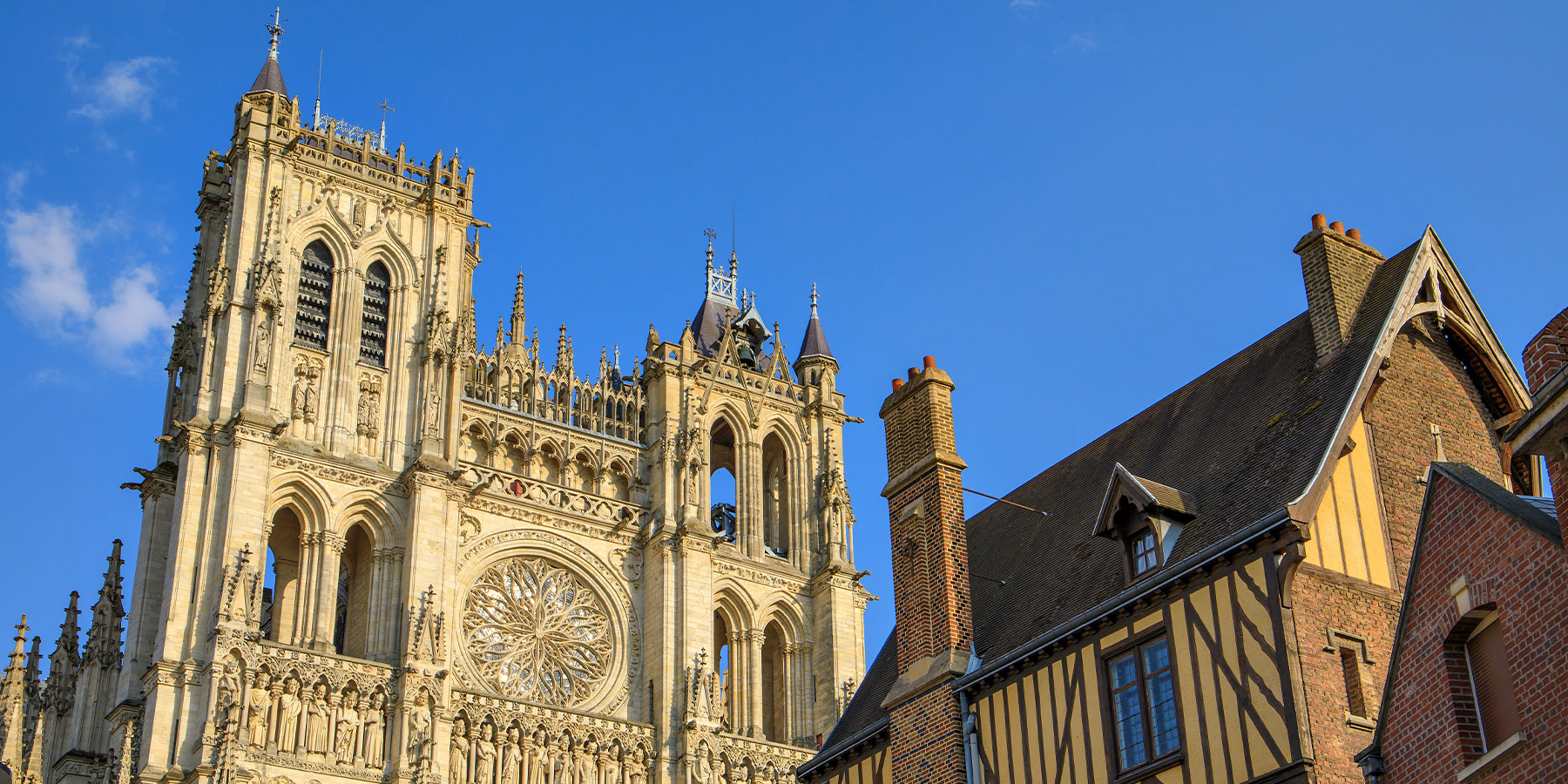
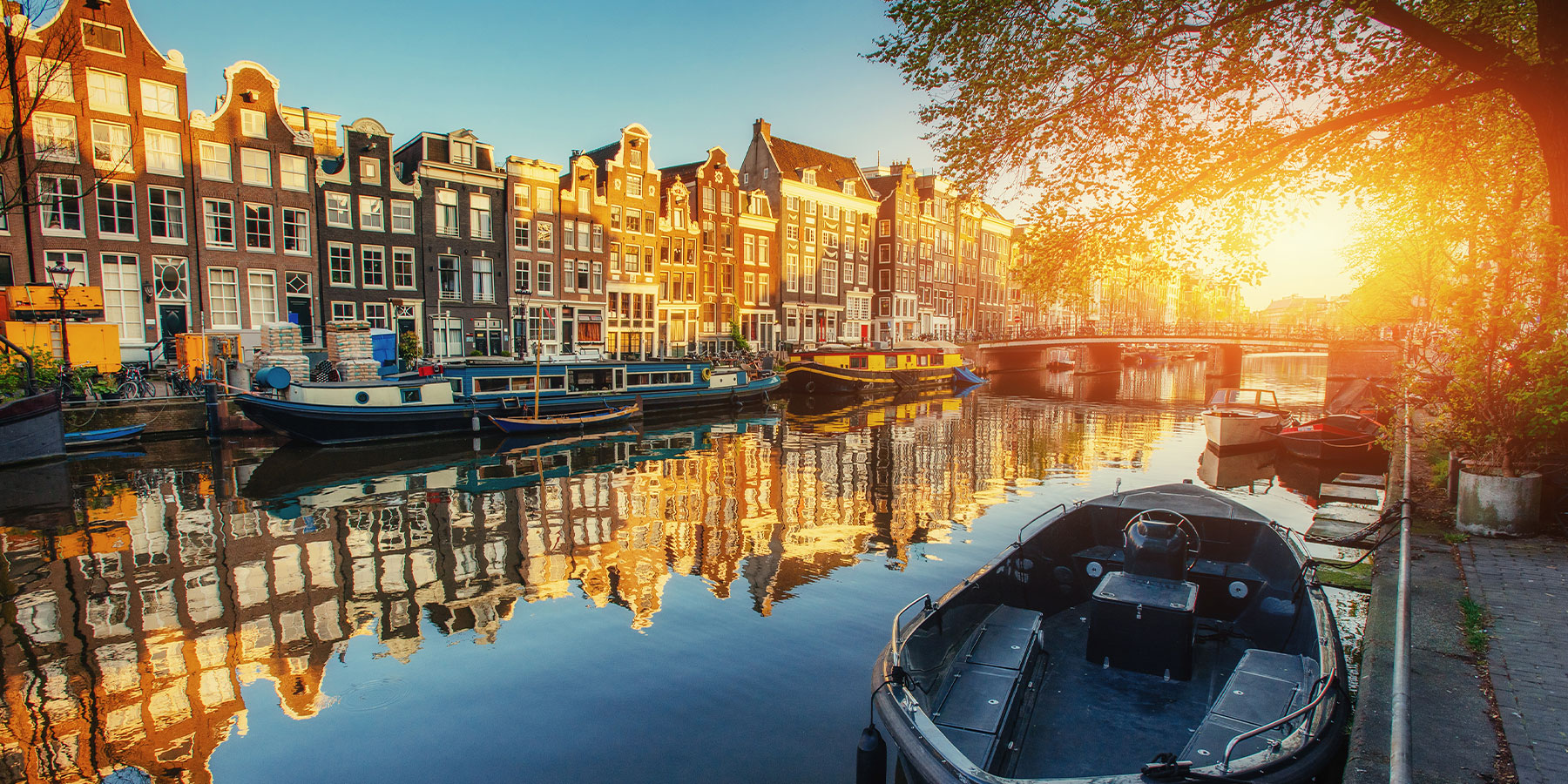
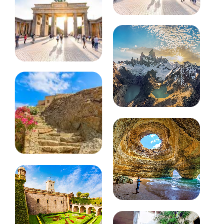

Comments